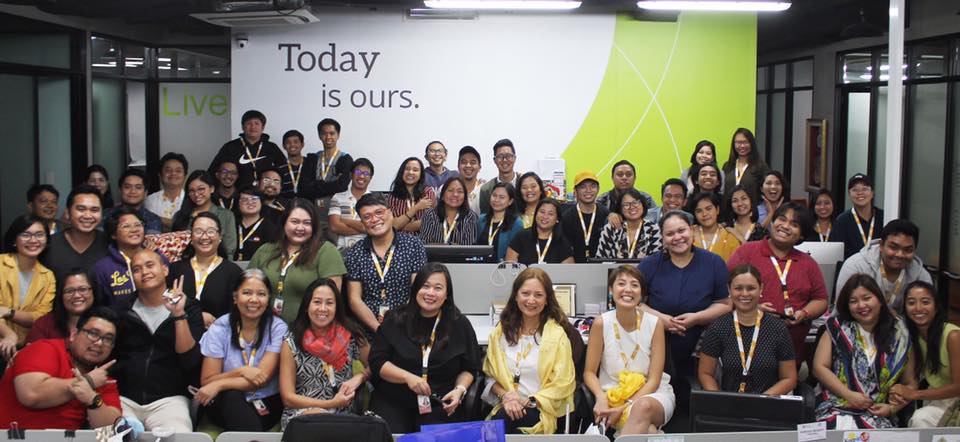Today marks our 27th year. As I look back, I can’t help but reminisce a bit, seeing this behind-the-scenes ingress video of one of our events in the TeamAsia LinkedIn Page.
We started in 1992 as an event management company organizing the Asian Management Awards for the Asian Institute of Management and the Far Eastern Economic Review in six Asian countries (Malaysia, Singapore, Hongkong, Indonesia, Thailand and the Philippines). Back then, we were just a team of four: Mike Hamlin, my sister Pinky, Myles and me.
Mike and I would travel to each country, meet with the judges, the AIM board of governors, the AIM alumni association, business management schools, as well as local and regional media to invite companies to enter the Awards. We would print several thousand letters and nomination packets and send them out by snail mail.
Once the entries started coming in, we would pour over each one to ensure completeness of the responses. We would then organize meetings in each country to shortlist and then select winners, and with the media to promote the Awards. Once the winners were known, we would write each one to invite them to a gala awards dinner with the head of state as keynote speaker.
Raising sponsorship money to cover the cost of the project was another nail-biting challenge, as well as coordinating with the venue, caterers, florists, stylists, audio-visual suppliers, photographers and the like to ensure a successful press conference and awarding ceremonies. Why, we would even have to write the script ourselves.
Days before the gala awards in each country, our team would arrive armed with the glass trophies designed by Impy Pilapil and the exhibits that we would then have to physically carry and set-up ourselves. We would coordinate with the local registration team, print out tags, set-up registration, and brief the hired ushers for the event. We would arrange seating for between 500-700 VIP business guests, supervise the setting up of the backdrop and the styling of the venue, then dress up in formal clothes to greet the guests and manage the actual event.
Looking back, I am amazed that we were able to successfully organize the Awards for three years, at a time when there were no mobile phones, no faxes, no emails, no Internet. Truly, we’ve come a long way since then.
When we learned about the importance of sustainability through the League of Corporate Foundations, we decided to practice greening not just in our office, but in our events to reduce waste and impact on the environment. In the early days of event management, we would print thousands of direct mail invitations and send them by snail mail. As new technology was developed, we graduated to fax marketing and email marketing, supported by our team of dedicated telemarketers. Today, we promote our events through digital media, and hold virtual coordination meetings to avoid time-wasting city traffic.
We use event technology as an enabler to make the planning and marketing process easier, to engage guests and enhance their delegate experience, to capture online and onsite registration, share up-to-date event information to guests, collect their feedback, strengthen security, measure ROI, and more. We develop award-winning websites, mobile apps, AVPs, chatbots and audience response systems, and use different technologies for the WOW factor. Speaker presentations are no longer printed and bound in folders, but posted on the website and sent to guests for downloading.
While technology has in many ways made life easier for us, I must say that the secret ingredient to TeamAsia’s success is still the amazing people who create innovative ideas and deliver next-level experiences for brands using integrated marketing strategies.
From intimate executive briefings, corporate anniversary celebrations, and employee engagement activities to large-scale global conferences, TeamAsia handles each event with the same passion, excitement, and painstaking attention to detail. Armed with excellent organizational and story-telling skills and a creative approach to problem solving, our Experience, Creative, Content and Digital Marketing teams create unique turnkey events that bring next level experiences to brands, helping them connect meaningfully with their audiences.
Happy 27th anniversary, TeamAsia! It’s been an amazing adventure.

